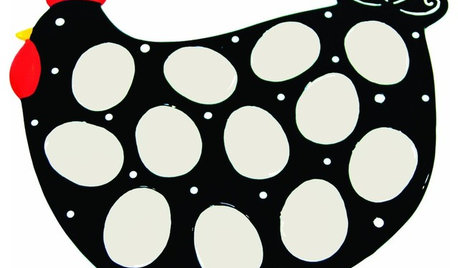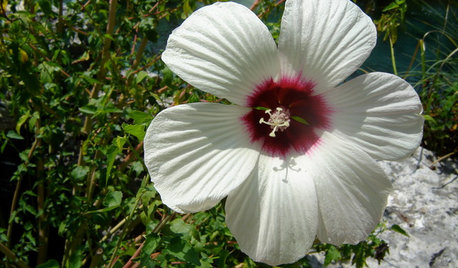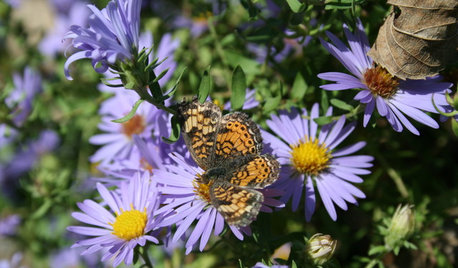Ready for the devil beetles
annld
16 years ago
Related Stories

PRODUCT PICKSGuest Picks: Egg Platters to Keep Those Devils in Their Place
You just might cluck with delight over these perfectly portioned egg plates for Easter and beyond
Full Story
BUDGET DECORATING15 Ways to Ready a Summer Home on the Cheap
Set up a comfy getaway where stress goes down the drain, without sending wads of cash along with it
Full Story
HOLIDAYSHoliday Party Prep: Ready Your Supplies
Take stock of serveware, wash off the dust and clear out the pantry now for low-stress entertaining later
Full Story
GARDENING GUIDESSoutheast Gardener: What to Do in June
Get your snippers out to protect your roses from beetles and harvest lavender from the landscape. It's a glorious month for Southern gardens
Full Story
GARDENING GUIDESGarden-Friendly Native Alternatives to Overplanted Exotics
There are lots of gorgeous, wildlife-friendly native plants ready to make an appearance in your garden
Full Story
GARDENING GUIDESGreat Design Plant: Hibiscus Moscheutos
Crimsoneyed rosemallow is an ideal flowering perennial for wet sites and is ready to propagate now
Full Story
MOST POPULARThe 15 Most Popular Kitchen Storage Ideas on Houzz
Solve common kitchen dilemmas in style with custom and ready-made organizers, drawers, shelves and more
Full Story
ARCHITECTUREArchitectural Oddities Throw Home Design a Curveball
Get ready for your eyes to pop. From undulating curves to a twisted stack of blocks, these singular homes bust architectural boundaries
Full Story
GARDENING GUIDESGreat Design Plant: Smooth Aster, the Wonder Pollinator
An insect nirvana with lovely near-blue petals, this low-maintenance aster strives to please
Full Story
WINTER GARDENING6 Reasons I’m Not Looking Forward to Spring
Not kicking up your heels anticipating rushes of spring color and garden catalogs? You’re not alone
Full StorySponsored






westhighlandblue
bella_trix
Related Professionals
Windham Landscape Architects & Landscape Designers · Westwood Landscape Contractors · Edmond Landscape Contractors · Canby Landscape Contractors · Coram Landscape Contractors · Englewood Landscape Contractors · Matteson Landscape Contractors · Mendota Heights Landscape Contractors · Shirley Landscape Contractors · Cedar Park Carpenters · Valdosta Carpenters · Issaquah Decks, Patios & Outdoor Enclosures · Waukesha Decks, Patios & Outdoor Enclosures · West Bloomfield Township Decks, Patios & Outdoor Enclosures · Fairfax Siding & Exteriorsgshann
ninamora
floragal
pagirl
gshann
caliloo
gshann
chescobob
mombo
gshann
annldOriginal Author
Tracy Brant
gshann
Tracy Brant
floragal
jennyandretti
gshann